Biografia Acadêmica
É professor adjunto da Universidade Federal do ABC na área de materiais poliméricos. Possui graduação (2002), doutorado (2007) e pós doutorado (2010) em Engenharia de Materiais pela Universidade de São Paulo. Tem experiência na área de Engenharia de Materiais com ênfase em materiais poliméricos, atuando principalmente nos seguintes temas: materiais poliméricos multifásicos, nanocompósitos poliméricos, reologia, caracterização microestrutural, tensão superficial e interfacial de polímeros.






